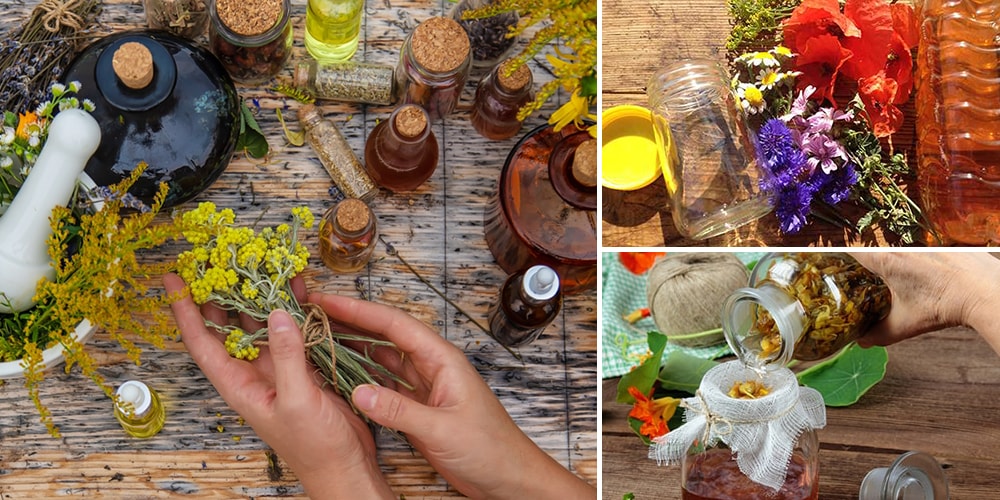
How to Make Alcohol-Free Tinctures
Alcohol tinctures have long been favored for their potency and versatility, but not everyone can or wishes to consume alcohol. Luckily, there is an alternative: alcohol-free tinctures. These plant-based extracts offer a convenient and accessible way to harness the healing properties of herbs, without the alcohol content. In this blog post, we will explore how to make alcohol-free tinctures, providing you with a step-by-step guide.
Understanding Alcohol-Free Tinctures
Tinctures are concentrated liquid extracts derived from herbs or botanicals, traditionally preserved using alcohol. However, for those seeking an alcohol-free option, there are various alternative solvents that can be used to extract the beneficial compounds from the plant material. Some popular choices include vegetable glycerin, vegetable glycerol, and apple cider vinegar (ACV). These solvents effectively extract the plant’s medicinal properties, creating an alcohol-free tincture that is suitable for all.
Choosing the Right Herbs
The first step in creating an alcohol-free tincture is to select the herbs or botanicals you wish to extract. Consider your intended purpose, whether it’s for relaxation, digestive support, or immune boosting. Research the specific properties of different herbs and their potential benefits. Some commonly used herbs for alcohol-free tinctures include chamomile, lavender, echinacea, elderberry, valerian, peppermint, marshmallow root, licorice root, plantain or lemon balm. Remember to use high-quality organic herbs to ensure the purity and potency of your tincture.
Preparing the Extraction Medium
Once you have chosen your herbs, it’s time to prepare the extraction medium. Glycerin, vinegar, and vegetable glycerol are the preferred solvents for alcohol-free tinctures. Glycerin is sweet, making it ideal for herbs with a bitter taste, while vinegar provides a tangy flavor. Vegetable glycerol is a popular choice due to its neutral taste. Choose the solvent that best complements the herbs you have selected.
To prepare the extraction medium, mix one part herb (by weight) with three parts of your chosen solvent. If you prefer a stronger tincture, increase the herb-to-solvent ratio. Place the mixture in a glass jar and ensure that all the plant material is submerged. Seal the jar tightly and shake it gently to promote proper mixing.
⇒ What Happens if You Dip Your Hands in Apple Cider Vinegar? (Video)
Extraction Process
After preparing the extraction medium, the next step is the extraction process itself. Here’s a simple method to follow:
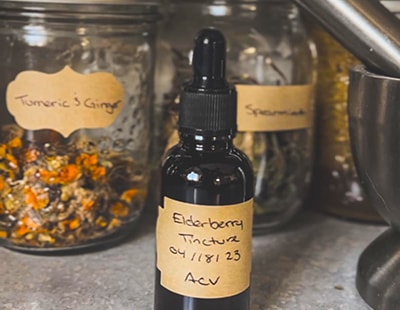
Label and date your jar: It’s important to keep track of your tincture’s creation date and ingredients used.
Infusion period: Place your jar in a cool, dark place for 2-4 weeks for vinegar-based tinctures, or 4-6 weeks for glycerin-based tinctures. shaking it gently every day or every few days. This allows the medicinal properties to infuse into the solvent.
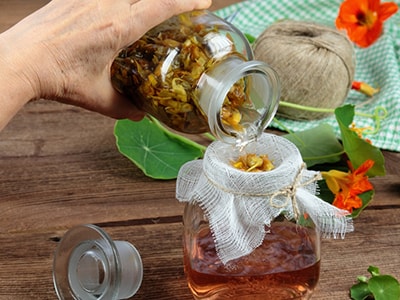 Straining: After the infusion period, strain the liquid through a fine mesh strainer or cheesecloth, pressing the herbs to extract all the liquid. Discard the plant material.
Straining: After the infusion period, strain the liquid through a fine mesh strainer or cheesecloth, pressing the herbs to extract all the liquid. Discard the plant material.
Storage: Transfer the strained liquid into amber glass dropper bottles for storage. Remember to label each bottle with the herb and creation date.
Shelf life: Alcohol-free tinctures generally have a shorter shelf life than alcohol-based ones. Store your glycerin tinctures in a cool, dark place. They don’t need to be refrigerated and can last 3-5 years. Vinegar tinctures are best stored in the refrigerator, where they will keep for up to a year.
How to Use
Alcohol-free tinctures can be used in a variety of ways. They can be taken orally by adding a few drops to water, tea, or juice. They can also be used topically, diluted in carrier oils, ointments, or salves. Additionally, alcohol-free tinctures can be incorporated into culinary creations, such as salad dressings, marinades, or baked goods, adding unique flavors and health benefits to your dishes.
Glycerin-Based Licorice Root Tincture
Licorice root (Glycyrrhiza glabra) has a long history of use in traditional medicine, particularly in herbal preparations. A glycerin-based tincture of licorice root offers various health benefits:
Digestive Health: Licorice root is known for its soothing properties on the digestive system. It can help alleviate symptoms of indigestion, heartburn, and discomfort.
Respiratory Support: Licorice root tincture may provide relief from respiratory issues like coughs, bronchitis, and sore throats due to its natural expectorant and anti-inflammatory properties.
Adrenal Support: Licorice root may support adrenal gland function and help manage stress by maintaining healthy cortisol levels in the body.
Anti-Inflammatory: The compounds in licorice root, including glycyrrhizin, have anti-inflammatory effects that can aid in reducing inflammation throughout the body.
Immune System Modulation: Some studies suggest that licorice root can help regulate the immune system, potentially making it useful for immune-related conditions.
Skin Health: Topical application of licorice root tincture might assist in managing skin conditions like eczema, psoriasis, and dermatitis due to its anti-inflammatory and soothing properties.
Hormonal Balance: Licorice root contains phytoestrogens that might help balance hormonal levels, making it potentially beneficial for women experiencing hormonal imbalances.
You will need:
- 1 cup dried licorice root
- 2 cups vegetable glycerin
- Glass jar with a tight-fitting lid
- Strainer or cheesecloth
- Dark glass dropper bottles for storage
Instructions:
Step 1. Ensure that the licorice root is thoroughly cleaned and dried. Break or cut the licorice root into smaller pieces to increase surface area.
Step 2: Place the dried licorice root in a glass jar.
Step 3: Pour the vegetable glycerin over the licorice root, making sure it’s completely covered. Stir gently to remove any air bubbles and ensure even distribution.
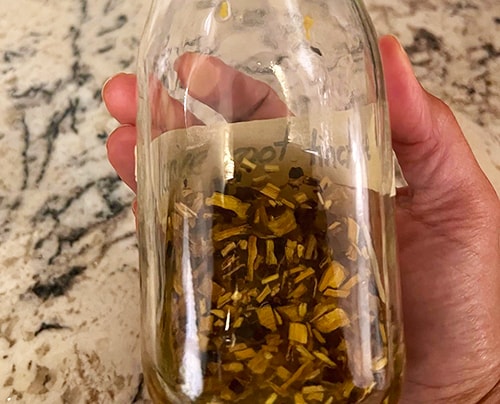
Step 4: Seal the glass jar tightly with its lid. Place the jar in a cool, dark place, away from direct sunlight. Allow the mixture to steep for about 4 to 6 weeks, shaking the jar gently every day to facilitate the extraction process.
Step 5: After the steeping period, strain the tincture using a fine mesh strainer or cheesecloth into a clean glass container. Squeeze out as much liquid from the licorice root as possible.
Step 6: Transfer the strained tincture into dark glass dropper bottles. Label the bottles with the date and contents.
Usage: To use, simply place a few drops (usually 15-30 drops) under your tongue or dilute in a small amount of water.
Takeaway
Creating alcohol-free tinctures opens up a world of possibilities for those who prefer to avoid alcohol or simply seek alternative herbal remedies. By following the steps outlined in this blog post, you can unlock the essence of nature and harness the healing properties of herbs without the alcohol content. Experiment with different herbs, solvents, and combinations to create your own customized tinctures that suit your needs and preferences.

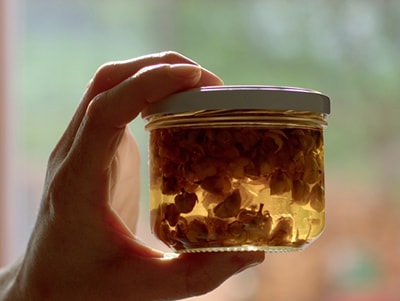
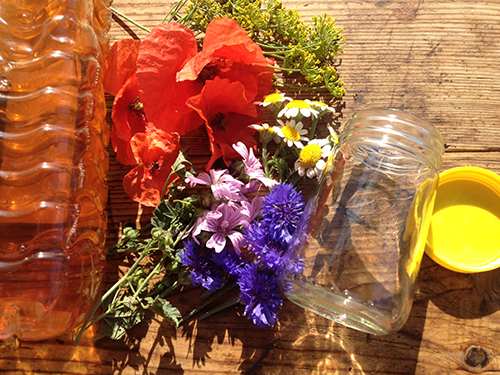
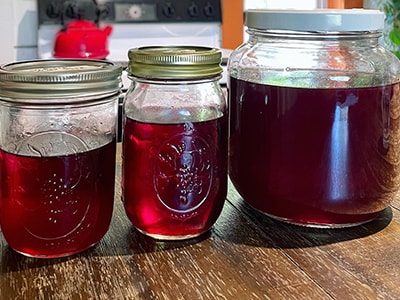
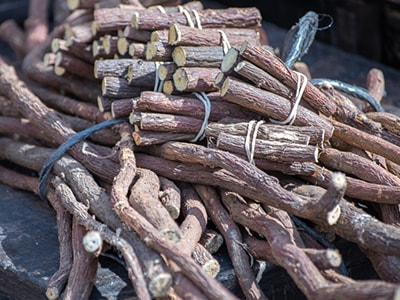
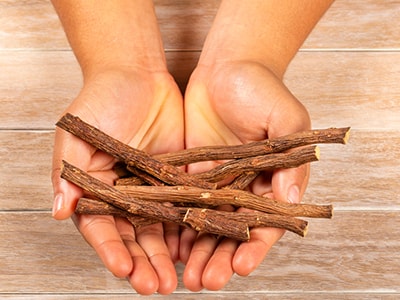
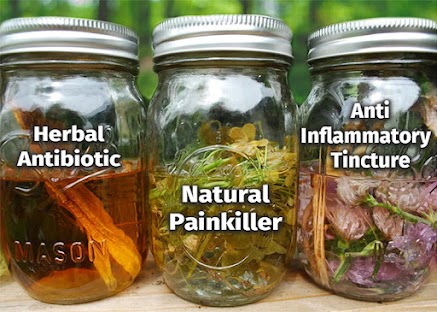
Thank you this article!!
Lots of advantages with alcohol tincture, if you don’t mind the taste of booze and counterintuitive health properties of strong high proof alcohol.
Ticturing in wine also works. If you’re really good you can just put your herbs in a jar with water & sugar or honey (takes much longer) & a bit of sea salt to help the fermenting. You’ll end up after a week or four with wine, maybe vinegar. That will most likely turn to vinegar after a while.. Either way it’s a very good way to tincture. It will b keep forever as it is, but you can add more sugar to it if you like.
You can tincture in fruit juice or raisen water as well. After a month the extraction is an optimal combination of vinegar & alcohol.
Hi. I believe that in one of your other articles you wrote that in making a tincture based on glycerin, you first need to dilute the glycerin with water before pouring it on the plant. Here you write only glycerin without water. Which means the glycerin here is at 100% concentration.
Did you gind out about the water dilution please?
Could you kindly let me know if you discovered the dilution to water you asked please?
From what I’ve read you should use a 3:1 ratio. It would be 3 parts glycerin and 1 part water. Fill your jar 1/3 to 1/2 full depending on the strength you want, then pour your boiling water on the dry herbs to release its beneficial properties. Once you’ve done that then add the glycerin. Let steep for 6-8 weeks. Hope that helps…
This is so cool and helpful! I am trying to make a liver tincture, and using alcohol would defeat the purpose. 😉 Thanks!